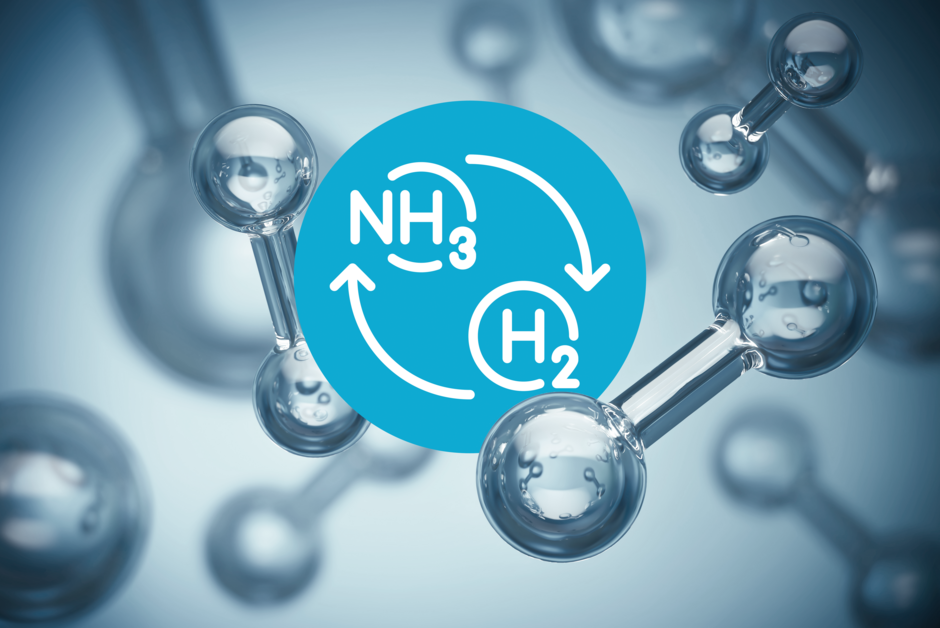Innovation area IV
Cross-sectional technologies
The aim of this innovation area is to assess the ecological and economic sustainability of the production and use of ammonia as well as the economic viability of the various ammonia utilization paths. Therefore, the entire utilization pathways along the value chain, including storage and transport as well as safety-related issues, will be considered. A comparison between ammonia and other hydrogen derivatives and carriers (e.g. methanol, DME, methane, etc.) is planned in order to transparently work out the specific advantages and disadvantages of ammonia for certain fields of application.

Sub-project IV.1
Evaluating the safety of using ammonia as an energy carrier
In the coming years, the use of ammonia as an energy carrier will increase significantly and it is vital to ensure that all market participants are aware of the health, safety and environmental risks of ammonia, that these risks are adequately assessed and managed accordingly. Under standard conditions, ammonia is a flammable gas and can form explosive atmospheres with air. The project determines the minimum ignition energy of ammonia-hydrogen-air mixtures. To this end, the project partners will investigate the ignition processes and laminar flame propagation in these mixtures using experimental and numerical methods.
Researchers
Dr.-Ing. Detlev Markus
Physikalisch-Technische Bundesanstalt (PTB)
Sub-project IV.2
Integrated economic and ecological life cycle analysis of ammonia in sustainable energy systems
Ammonia is considered the most important transport vector for green hydrogen. Therefore, ammonia is of great strategic importance in sustainable energy systems, especially in the hydrogen state of Lower Saxony. The ecological and economic sustainability of this energy carrier and the required future technologies related to ammonia have to be assessed in the development phase. For this purpose, this project will combine the methods of prospective Life Cycle Assessment (LCA) and Life Cycle Costing (LCC) with techno-economic considerations and use it to assess these emerging technologies. Furthermore, the hydrogen derivative ammonia will be discussed in comparison with other technologies and substances (e.g. methanol).
Researchers
Prof. Dr.-Ing. Christine Minke
Clausthal University of Technology
Sub-project IV.3
Inverse energy system analysis to determine favorable fields of application for ammonia
This project aims to identify for which applications and under which techno-economic conditions the use of ammonia is most likely to be profitable in the future energy system. In order to consider the important feedback effects between supply and demand, a comprehensive energy system simulation approach will be used, which maps the various utilization and conversion paths for ammonia and other derivatives of green hydrogen as well as the supply of competing energy sources and technologies.
Researchers
Dr. Raphael Niepelt
Leibniz University Hannover
Sub-project IV.4
Techno-economic evaluation of ammonia as a systemic storage and transport medium with a focus on ammonia-to-power processes
In a bottom-up approach, the cost-effectiveness and technical requirements for decentralized storage as well as the optimization parameters for the local and long-distance transport of ammonia will be identified based on individual site analyses. These results will be incorporated in a techno-economic system analysis which will model the use of ammonia for dynamic energy scenarios of ammonia-to-power applications (combustion, electricity generation, cracking). In this context, the suitability of ammonia as a systemic storage and transport medium compared to other hydrogen derivatives such as LOHC, methane or methanol will be evaluated comprehensively.
Researchers
Prof. Dr.-Ing. Sabrina Zellmer
TU Braunschweig